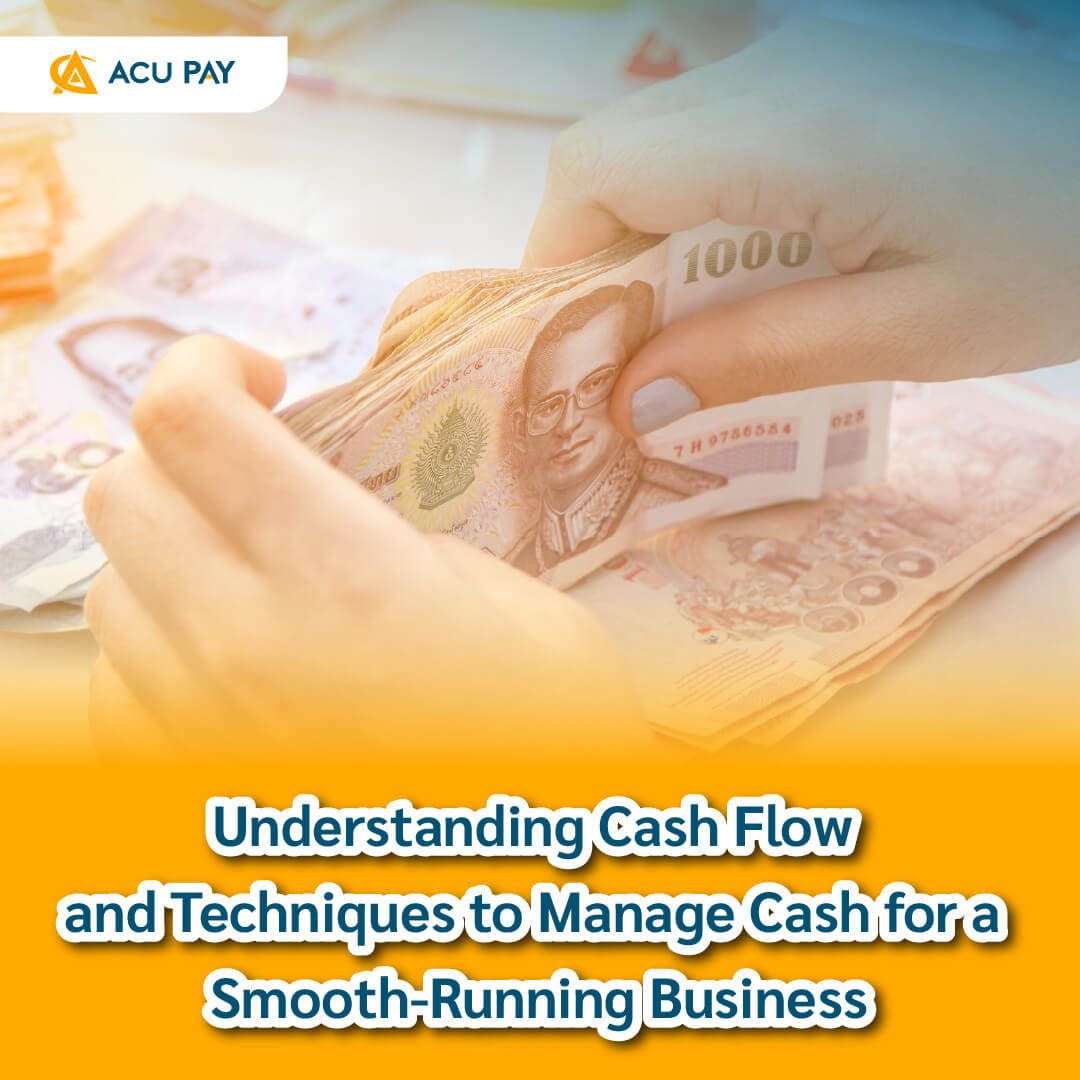
It might seem like it has nothing to do with us or we have never heard about it before, but e-Money can be found everywhere or may even have been used unknowingly because we call it by a different name. So, let’s try to get to know the money that is in the form of e-Money.

Indeed, e-Money got a nickname in Thailand as electronic money. which is a payment intermediary, is to bring cash or banknotes in the form of a card or in a centralized system such as an e-Wallet. Just like e-Money, it must be “prepaid” before it can be used. And the usable value is only the amount we paid. If the value of the money in the card or e-Wallet runs out, you can add more money to it.
If you still can’t figure it out, think of a food court cash card that’s also a form of e-Money. Before we go to buy food, we have to exchange cash for the card first, and then use the card to pay for the food.
Or think of a train card, either on the subway or on the ground. Mobile phone top-up cards or cards used for shopping at convenience stores are also e-Money, which is in the form of “cards,” also known as “card-based,” where card information, spending information, and the value of money on the card are stored in a small chip.
However, Card Based e-Money doesn’t have to be just a plastic card because technology has changed a lot. This tiny chip can be embedded in a cell phone or keychain.
There is also another type of e-money called network/server-based or electronic money on electronic networks. The data is stored on a central server of a service provider known as an e-Wallet because it can be used to pay for a wide variety of products or services and has a high growth rate. Part of this comes from the growing e-Commerce business.
If we are going to use e-Money in the Network/Server-Based or e-Wallet type, we just need to register online with the service provider. Then add money to the account by bank transfer or credit card. And when we want to pay, we just scan to pay at the store or service via QR code. The system will cut the money from our money that was previously added.
The most obvious advantage of using e-Money, or electronic money, is its convenience. On the buyer’s side, it’s convenient because, after topping up your e-Wallet or card, it’s like having cash without having to carry cash. when you buy the product Just scan and pay. The merchant deducts the money from our e-Wallet or card, and that’s it. Don’t have to wait for a change and also know how much money is left in the card or e-Wallet or if there is money in the BTS card. You can tap the card and go in. You don’t have to waste time queuing to buy coins.
while the seller’s side is also convenient Because when receiving payment for goods and services in the form of e-Money, there is no need to worry about cash management, such as convenience stores that accept cash payments. You don’t have to sit and count the coins. That equates to a significant reduction in operating costs.
In addition, e-Money is also very suitable for online buying-selling or e-Commerce businesses for making online purchases. Because we do not need a credit or debit card to purchase goods or services, we can reduce the damage caused by mistakes.
Going back in time in 2010, spending via e-Money averaged about 4,600 million baht per month, but the latest, in July 2014, the total spending amounted to 21,800 million baht, and the latest year of 2021 has spending via e-Money up to 468 billion baht. If you look at the time, it is considered a huge growth rate. and in the future, it can still grow a lot.
And businesses can see the benefits of electronic payments as well. because it reduces the cost and increases operational efficiency. which should make the business sector pay more attention to electronic payment services as well.
However, using e-Money does not only help with convenience. But it also helps to reduce the cost of using cash enormously, whether it’s ourselves or both the public and private sectors. This allows us to spend more efficiently. Consider how much time and travel it would take to withdraw cash from a bank or ATM. Private banks also move money to reserve at ATMs, which costs transportation and security. The state itself is the one who has to produce new banknotes and return the damaged ones, which in each process is a huge cost of management.